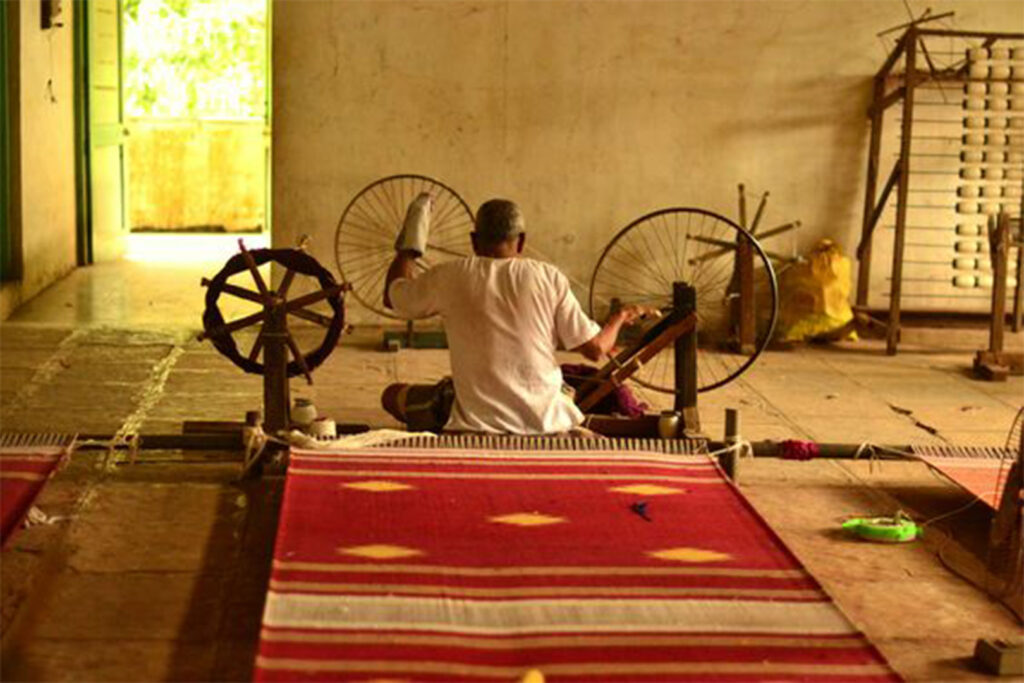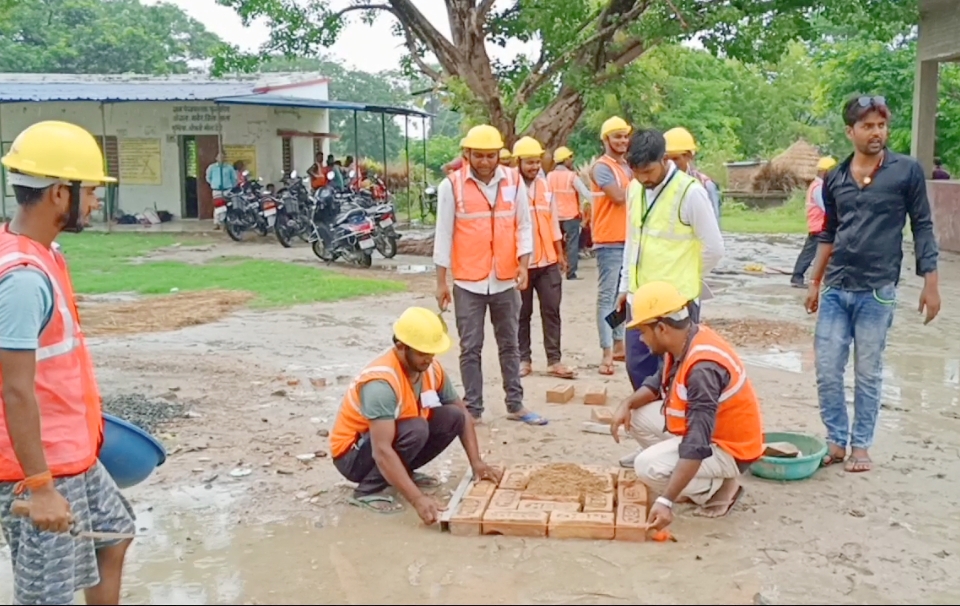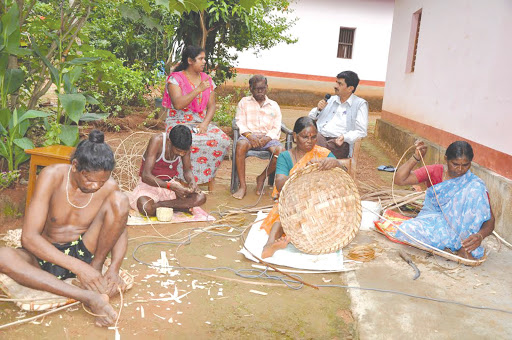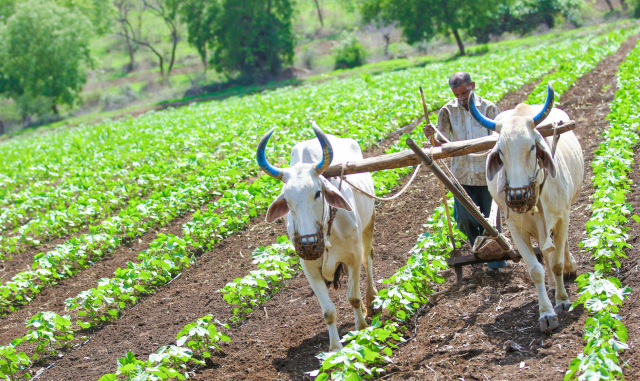Introduction
Occupations of Odisha, situated on the eastern coast of India, is a state known for its rich heritage, cultural diversity, and natural beauty. Understanding the occupations prevalent in Odisha is crucial to appreciate the state’s economic growth and opportunities. In this blog, we will delve into the traditional occupations that have sustained the state for centuries, explore the emerging modern industries, and discuss the challenges and future outlook for job creation in Odisha.
Traditional Occupations
Agriculture has been the backbone of Odisha’s economy for centuries. The fertile soil and favorable climate support the cultivation of rice, pulses, oilseeds, and various fruits and vegetables. Nurturing crops using techniques like terrace farming and organic practices, the state contributes significantly to the national food supply chain. Handicrafts and cottage industries, famous for their intricate artistry, play a vital role in the state’s economy. Patta paintings, stone carving, and tribal art are among the traditional crafts that have gained recognition globally.

Modern Industries
Odisha is rich in mineral resources, making mining a significant industry in the state. Minerals like iron ore, coal, bauxite, and chromite are abundantly found here, contributing substantially to the nation’s economy. Tourism is another flourishing industry in Odisha, with popular destinations like Puri, Konark, and Chilika attracting a large number of domestic and international visitors. The hospitality sector, including hotels, resorts, and tour operators, provides numerous employment opportunities.
You can read our another post on National Farmers Day

Service Sector
Education and healthcare have experienced significant growth in Odisha. The state has seen the establishment of quality educational institutions, leading to improved literacy rates and better job prospects. The healthcare infrastructure has also improved, with the government focusing on enhancing medical facilities and services. Various fields, such as teaching, research, healthcare administration, and nursing, offer employment opportunities.

Challenges and Future Outlook
Despite the diverse range of occupations in Odisha, unemployment remains a major concern. The job market dynamics need to be analyzed and addressed to ensure that the workforce aligns with the demands of various industries. Skill development and vocational training programs play a crucial role in equipping the population with the necessary skills for employment. The government has implemented policies and initiatives to promote sustainable and inclusive job creation, with a focus on sectors like manufacturing, tourism, and IT.
Looking ahead, Odisha has immense potential for growth and development in various industries. With the right policies, investment, and infrastructure, the state can create a favorable ecosystem for employment generation. The preservation and promotion of traditional occupations, along with the development of modern industries, will contribute to the overall prosperity of the state.

Write A FAQ For Occupations of Odisha
What are the dominant occupations in Odisha?
The dominant occupations in Odisha include agriculture, fishing, mining, manufacturing, and tourism.
Is agriculture a significant occupation in Odisha?
Yes, agriculture is a major occupation in Odisha, with a large percentage of the population engaged in farming and related activities.
What crops are commonly grown in Odisha?
Rice is the major crop grown in Odisha, along with pulses, oilseeds, fruits, and vegetables. Cash crops like cotton, jute, sugarcane, and tobacco are also cultivated.
Is fishing an important occupation in Odisha?
Yes, fishing is a crucial occupation in Odisha due to its long coastline and numerous rivers. The state has a thriving fishing industry, providing employment to many individuals.
How significant is the mining sector in Odisha?
Odisha is rich in mineral resources, such as coal, iron ore, bauxite, chromite, and limestone. The mining sector plays a vital role in the state’s economy, providing employment opportunities and contributing to industrial development.
Are there any specific manufacturing industries in Odisha?
Odisha has an emerging manufacturing sector, with industries like steel, aluminum, textiles, petrochemicals, and cement. These industries create job opportunities and contribute to the state’s economic growth.
Does tourism play a role in Odisha’s occupations?
Tourism is a growing sector in Odisha, with its rich cultural heritage, temples, beaches, and wildlife attractions. Many people are employed in the tourism industry, including hospitality, transportation, and tour guides.
Are there any traditional occupations unique to Odisha?
Yes, Odisha has several traditional occupations specific to the region, such as handloom weaving, palm leaf painting, stone carving, terracotta crafts, and silver filigree work. These traditional crafts provide livelihoods to many artisans.
How does education and government employment factor into the occupations of Odisha?
Education is a crucial aspect, and many individuals in Odisha pursue careers in teaching and academia. Government employment also plays a significant role, as there are numerous job opportunities in the public sector.
What are the employment opportunities in the service sector in Odisha?
The service sector in Odisha includes various areas such as healthcare, banking, IT services, retail, and hospitality. These sectors offer employment opportunities to individuals skilled in various fields.
Conclusion
Exploring the occupations of Odisha reveals the deep-rooted traditions and the evolving opportunities that the state offers. From agriculture and handicrafts to mining, tourism, education, healthcare, and IT, Odisha’s occupational diversity reflects its potential for growth and prosperity. By understanding and supporting these occupations, we can contribute to the sustainable development of the state and enhance the quality of life for its people. Let us appreciate the diverse work opportunities that Odisha presents and strive to unlock its full potential.

